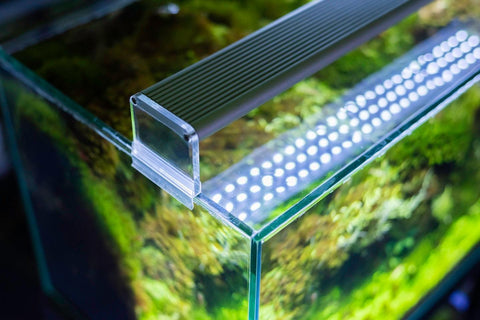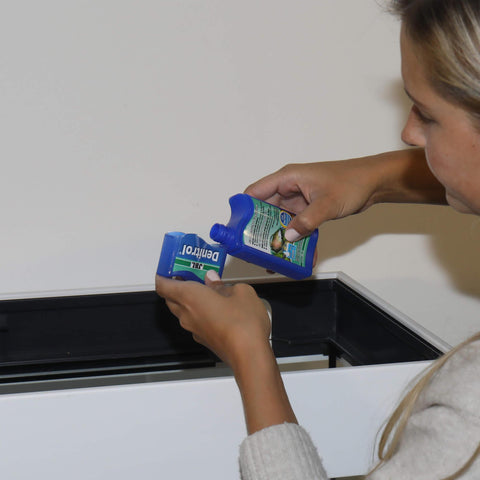An aquarium can not only be a fascinating hobby, but also an energy-efficient one. By taking a few simple measures, you can reduce the power consumption of your aquarium and protect the environment at the same time. In this article, we will give you some tips on how you can save energy when running your aquarium.
Choosing the right lighting
Lighting plays a crucial role in the operation of an aquarium. Choose energy-efficient LED lamps that not only last longer, but also consume less electricity than conventional light sources. Make sure that the lighting duration is no longer than necessary and that you switch off the lighting during the night.
Efficient filter technology
An efficient filter system not only contributes to water quality, but can also reduce electricity consumption. Choose a filter that is the right size for your aquarium and is energy efficient. Make sure to clean the filter regularly to ensure that it works effectively and does not become overloaded.
Temperature and heating settings
The temperature in the aquarium should be optimal for the inhabitants, but also energy-efficient at the same time. Use a thermostat to control the temperature and make sure that the heating is set correctly. Keep the temperature constant to avoid unnecessary power consumption.
Regular cleaning
Regular cleaning of the aquarium is not only important for the well-being of the fish, but can also reduce electricity consumption. Remove algae and debris from the glass, as they can block the light and make the lighting inefficient. Also clean the substrate and filter to ensure optimum water quality.
Avoid overstocking
An overcrowded aquarium can lead to higher energy consumption. Make sure you have the right number of fish and plants for the size of your aquarium. A balanced ecosystem requires less energy to maintain.
Aquarium pump and oxygen supply
An efficient aquarium pump is important for the oxygen supply to your fish and plants. Choose a pump that is both powerful and energy-efficient. Regularly check that the pump is working properly and clean it of dirt and deposits.
Nutrient management
Balanced nutrient management can help to reduce electricity consumption. Avoid over-fertilization, as this can lead to excessive algae growth, which in turn impairs filter performance and thus increases electricity consumption. Make sure that the dosage of fertilizers corresponds to the needs of your plants.
Automation and timers
Using automated systems and timers can help you to optimize electricity consumption. You can control the lighting, heating and filtration to work only when it is really necessary. This reduces energy consumption and ensures that your aquarium is operated efficiently.
Insulation of the aquarium
Proper insulation of the aquarium can help to keep the heat inside and reduce energy consumption. Use insulating materials to minimize heat loss. However, make sure that there is sufficient ventilation to ensure an adequate supply of oxygen.
Utilization of solar energy
Another approach to saving electricity is to use solar energy. You can use solar panels to power the lighting or heating of your aquarium. This is not only environmentally friendly, but can also reduce your electricity costs in the long term.
The most important points summarized once again
Saving electricity in an aquarium is not only good for the environment, but also for your wallet. By choosing the right lighting, efficient filter technology, optimized temperature and heating settings, regular cleaning, avoiding overstocking, an efficient aquarium pump, balanced nutrient management, automation and timers, good insulation and the use of solar energy, you can reduce electricity consumption and still enjoy a beautiful and healthy aquarium.




Comments (0)
There are no comments for this article. Be the first one to leave a message!